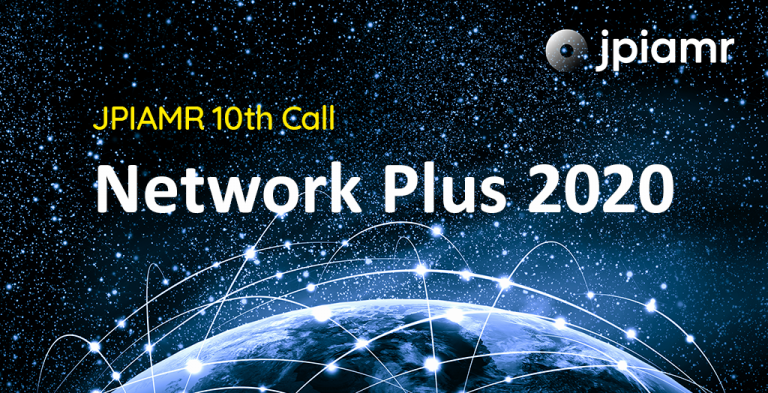The JPIAMR is launching the tenth call for transnational networks in partnership with eight member countries; Canada, France, Italy, Latvia, the Netherlands, Norway, Spain, and Sweden.

The intent of the call “JPIAMR Network Plus 2020” is to support networks to design and implement ways to support AMR research considering at least one of the six strategic areas of the JPIAMR Strategic Research and Innovation Agenda (SRIA): Therapeutics, Diagnostics, Surveillance, Transmission, Environment and Interventions. Networks should develop and implement activities focusing on AMR within the domains of Human health, Animal health and the Environment. The Networks are encouraged to bridge multiple One Health areas as needed and to consider the incorporation of their activities within the JPIAMR-Virtual Research Institute (JPIAMR-VRI).
Networks will be funded with €50,000-100,000 per year per Network for one to two years, to connect experts from research performing organisations and establish expertise clusters in the AMR community. Networks may build upon new or existing global collaborations/partnerships. The total budget of the call is approximately 940,000 Euro.
The formation of larger, multi-coordinator Networks is possible according to national rules. This is an ERA-NET JPI-EC-AMR additional activity.
Note that JPIAMR Network calls do not fund research projects.
Scope of the call
Projects should aim to either:
- Develop strategies, tools, technologies, and methods for the detection, monitoring, profiling and/or surveillance of antimicrobial resistance and dynamics leading to resistance.
- Study ways to facilitate and implement the uptake and use of existing strategies, tools, technologies, and/or methods for the detection, monitoring, profiling and surveillance of antimicrobial resistance and dynamics leading to resistance.
Expected Outcomes
It is expected that this JPIAMR call will contribute to the urgent need to curb the burden associated with the most prioritised infections in different geographical settings. This topic area is also suitable to reinforce collaborations involving industry and social sciences. Regional LMIC led collaborations are welcomed. The results of the funded projects should contribute to improved understanding, monitoring and detection of AMR where efforts to curb AMR will have a global impact.
Suggested Focal Areas
- Establish the validity of new or improved diagnostic tools, technologies and methods.
- Evaluate how new or improved diagnostics can promote more prudent use of antibiotics (e.g. narrow spectrum antibiotics) in human and veterinary use
- Rapid diagnostics (essential for optimal antimicrobial selection) and point-of-care techniques, to improve personalised or individual therapies
- Development of new, or more efficient use and accessibility of already existing, tools, technologies and/or methods to detect AMR in multiple reservoirs, for example human, animal and environmental samples
Projects are encouraged to consider the global use of the tools, technologies and methods, including use in low and lower middle income settings (e.g. lack of laboratory facilities, affordable diagnostic tests, unreliable or unavailable electricity supplies or points-of-care-tests).
The following sub-topics are not within the scope of the call:
- Investigations based on, or involving, clinical trials.
- Investigations aiming to improve existing commercial technology or products (more details on this will be in the full call text and annexes)
Information & application
This call is closed.
Funders
Canada
Canadian Institute of Health Research (CIHR)
France
French National Research Agency (ANR)
Italy
Ministry of Health (It-MOH)
Latvia
Ministry of Education and Science (IZM)
Norway
The Research Council of Norway (RCN)
Spain
National Institute of Health Carlos III (ISCIII)
Sweden
Swedish Research Council (SRC)
The Netherlands
The Netherlands Organisation for Health Research and Development (ZonMw)
Supported projects
Seven networks including 146 partners from 35 countries were funded within the JPIAMR 10th transnational call: “JPIAMR Network Plus 2020”. The total funding amount was approx. 737.000 €. Click on the network titles in the list below to read more on each network.

